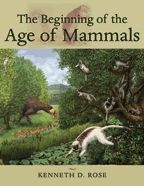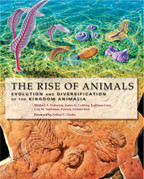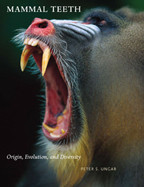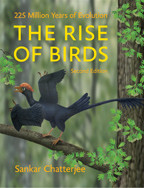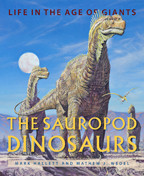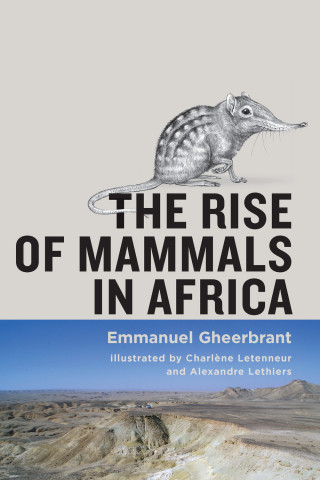
Reviews
Many appreciate that humanity arose in Africa, but few grasp the profound depth of our primate ancestry on that continent. In this long-overdue synthesis, Gheerbrant reconstructs the ancient mammalian communities that shaped our evolution, bringing to life the strange worlds in which our distant ancestors adapted and endured.
Africa is home to an astonishing variety of mammals today, and its fossil record reveals that it has always played a critical role in their evolution. With this book, Emmanuel Gheerbrant shares his vast knowledge of African mammal evolution, accumulated through decades of fieldwork and research.
Africa today is large and home to many iconic mammals. Less well known are mammals that evolved on Island Africa during the first 43 million years of Cenozoic time. Author Emmanuel Gheerbrant has spent his career studying these and The Rise of Mammals in Africa is a long-awaited overview and synthesis.
Book Details
Summary
Preface
Acknowledgments
Prologue: The Living Fauna of African Mammals
1. Origin and First Diversification of Placental Mammals in the World and in Africa
The initial explosive diversification of
Summary
Preface
Acknowledgments
Prologue: The Living Fauna of African Mammals
1. Origin and First Diversification of Placental Mammals in the World and in Africa
The initial explosive diversification of modern mammals
When, why, and where did the mammalian explosion occur: Contradictions and reconciliation of molecular and fossil evidence
What about Africa in this story?
2. The African Theater of Origins
A geography of origins apart: Island Africa, 110–23 Ma
Paleoenvironments in Island Africa
Paleogene climates in Island Africa
A heterogeneous African fossil record with long gaps
Poorly dated African fossil localities
3. Mammalian Paleontology in Island Africa
Prior to 66 Ma, during Cretaceous times: An African terra incognita of origins
From 66 Ma to 23 Ma, the Early Cenozoic (Paleogene): Fossil discoveries in the African cradle
4. Mammal Succession and Evolution in Island Africa
Paleocene—the beginnings of the placentals
Eocene—the rise of emblematic African groups
Oligocene—climax of African endemism
From the Oligocene to the Miocene, a new world for Africa: The Old World
5. Evolution and Relationships of the Major Endemic Groups in Island Africa
The afrotherians
The African rodents
The extinct African carnivorous mammals: Hyaenodonts
Primates: Origin of the loris, galagos, lemurs, monkeys, and apes
Artiodactyls: Relationships of the African anthracotheres and hippopotamid origin
6. An Overview of Mammal Evolution in Island Africa
Cretaceous–Paleogene transition, 66 Ma
Paleocene–Eocene transition, 56 Ma
Eocene–Oligocene transition, 34 Ma
Oligocene–Miocene transition, 23 Ma, and establishment of the modern African fauna
The African homogeneity in time and space
The success of the African story: An Island Africa connected
Epilogue: What Is Next in the Quest for African Origins?
Appendix
Glossary
Bibliography
Taxa Index
Subject Index
